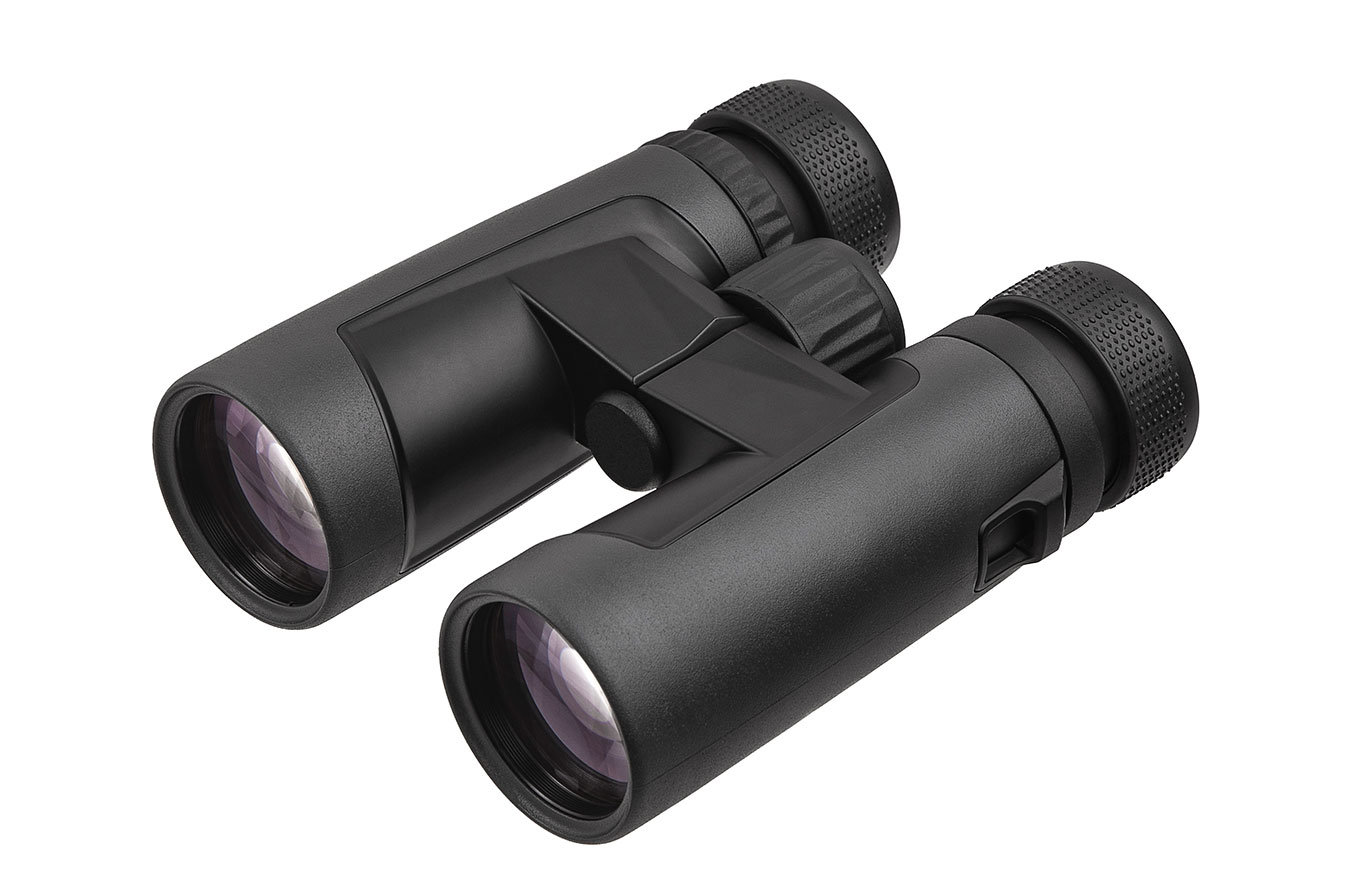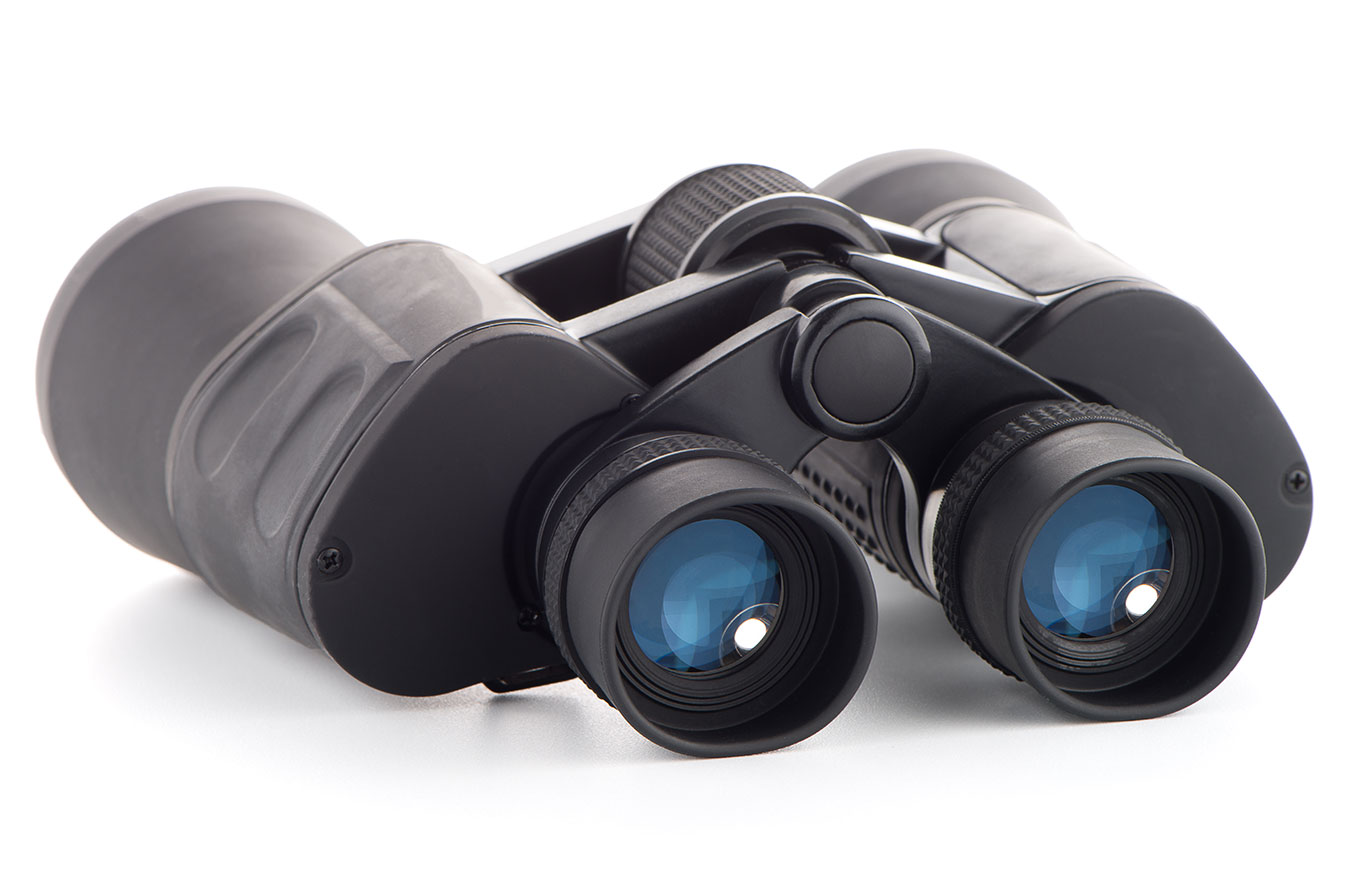
Blurred Watching, why and how to look after your wildlife watching equipment
After spending a lot of money on expensive equipment, whether it be binoculars, telescope or camera lenses, you want to get the best performance from them. Lee Copplestone explains why and how to keep optics clean. (title image by Oliver Smart)
It has been said that there are two types of Bird Watchers, Arsers and Leggers. This could be easily misconstrued so let me explain; the former sit around waiting for birds to come to them, while the latter actively go looking for birds. You may recognise immediately which type of Birder you are from this description. By the way, this theory probably applies to photographers too.
However, there are two categories of birders who are far more polarised than Arsers and Leggers; Polishers and Non-Polishers. Polishers clean the lenses of their optics, while Non-Polishers do not. This applies to all types of optics: binoculars, cameras, spectacles and sunglasses (but not the ones in pubs). If you have ever tried using someone else's bins you will know instantly if they are a Polisher or Non-Polisher.
There is absolutely no point buying over a grand's worth of top-notch binocular and allowing the lenses to become obscured with a film of acid rain, dust, grease and general everyday scum as well as the most dangerous substance known to optical lenses, the sandwich. Breadcrumbs, butter and cheese are the worst combination of chemicals you could possibly allow near your bins second only to Mascara. Rain Guards, or Sandwich Guards as they should be called, are vital for protecting your bins from the elements and from...sandwiches.
Imagine all the possible layers of grime between you and your potentially superb pectoral sandpiper photo opportunity. Picture the scenario, you are Digi-scoping using your smudgy spectacles, crusty viewfinder, misty camera lens, scummy scope eye-piece, greasy objective lens, and if you are an Arser who prefers to stay warm and dry, you are looking through rain-flecked, steamed-up hide windows. That's a lot of layers of murk to look through.
Assuming you are a Polisher, when you clean your optics try to avoid using tissues as their fibres may leave tiny microscopic scratches. Cloths which leave lint will also clog moving parts. Modern cleaning cloths are micro-fibre miracles which remove grease and dust very effectively. Don’t forget to blow any dust and tiny particles of grit off the lenses first before cleaning with a micro-fibre cloth. Despite many modern bins being waterproof, it's an act of faith to run your cherished kit under a tap to clean it. It just feels wrong but should be fine if your bins are truly 100% waterproof but not if they are only weatherproof or water-resistant. Check this first before taking the plunge.
A good quality set of cleaning equipment is a good investment to get the best from and protect your expensive equipment.
Optical parts can easily move out of line through general use and abuse. Occasional knocks and drops can play havoc with the alignment of the prisms in your bins. In the worst case scenario this may result in an obvious sensation of double vision, a bit like being drunk but with none of the fun. In a less serious case, the problem will be barely perceptible but could cause headaches for the user who may be totally unaware of the issue. It is a good idea to ask a discerning friend to check your bins for any alignment problems from time to time. Though it is important to remember that each of us is different, so one person's boss-eyed binocular is another's perfect optics.
A word of warning here; never try to take your old binoculars apart to find out what is wrong with them. Just take a look at one of those cut-away diagrams showing the complex insides of a Leica binocular and this should serve as a warning. Even if you are tempted to carry out a home-repair, you will always forget how they fit back together and be left with some spare parts that don't seem to fit anywhere. I know this because I tried to repair my binoculars once when I was a kid. They were my pride and joy but it didn’t occur to me that this was a job for a professional rather than a ten year-old with sticky fingers. I was left with several surplus brass washers, a steel spring and greasy fingerprints all over the prisms. I did sort of fix them though much to my pride.
best binoculars for birdwatching
More reckless Birders have told me about a legendary ancient repair technique involving a Brummie screwdriver (aka a hammer). If your bins are drastically out of alignment as the result of a knock or drop and the cost of repair exceeds their current value (you must check this first before trying this trick by the way) there is one drastic solution that just might work though it is by no means guaranteed! Secure your binoculars in a vice, cover them with a thick cloth and belt them firmly with a hammer. Occasionally, and I mean occasionally, the impact will force the aberrant prism to fall back into place. Sometimes it will make the problem worse. You have been warned. Have fun!
Lee Copplestone has enjoyed a long career in conservation previously working for the RSPB and now for Keep Britain Tidy.


